The book collects a number of Poe’s poems in the beginning of the book and then a bunch of his short stories at the back. All the best known works are in it: “The Bells”, “Annabel Lee”, “The Raven” among the poems and “The Tell-Tale Heart”, “The Gold Bug”, “The Black Cat”, “A Cask of Amontillado”, “The Fall of the House of Usher”, and “The Pit and the Pendulum” among the stores. It also includes a number of scenes in verse (and in prose) from Politian, Poe’s unfinished play.
The aforementioned pieces are the best of Poe, which is why they’re often unanthologized. The other poems and stories are a mixed bag; although they feature the rich, textured learned language of the nineteenth century, sometimes the prose does not serve the narrative (or the poem belabors and loses the point).
It is pretty learned stuff, and Poe engages some of the intellectual and philosophical trends of the time. For example, the beginning of “The Imp of the Perverse” is thus:
IN THE consideration of the faculties and impulses — of the prima mobilia of the human soul, the phrenologists have failed to make room for a propensity which, although obviously existing as a radical, primitive, irreducible sentiment, has been equally overlooked by all the moralists who have preceded them. In the pure arrogance of the reason, we have all overlooked it. We have suffered its existence to escape our senses, solely through want of belief — of faith; — whether it be faith in Revelation, or faith in the Kabbala. The idea of it has never occurred to us, simply because of its supererogation. We saw no need of the impulse — for the propensity. We could not perceive its necessity. We could not understand, that is to say, we could not have understood, had the notion of this primum mobile ever obtruded itself; — we could not have understood in what manner it might be made to further the objects of humanity, either temporal or eternal. It cannot be denied that phrenology and, in great measure, all metaphysicianism have been concocted a priori. The intellectual or logical man, rather than the understanding or observant man, set himself to imagine designs — to dictate purposes to God. Having thus fathomed, to his satisfaction, the intentions of Jehovah, out of these intentions he built his innumerable systems of mind. In the matter of phrenology, for example, we first determined, naturally enough, that it was the design of the Deity that man should eat. We then assigned to man an organ of alimentiveness, and this organ is the scourge with which the Deity compels man, will-I nill-I, into eating. Secondly, having settled it to be God’s will that man should continue his species, we discovered an organ of amativeness, forthwith. And so with combativeness, with ideality, with causality, with constructiveness, — so, in short, with every organ, whether representing a propensity, a moral sentiment, or a faculty of the pure intellect. And in these arrangements of the Principia of human action, the Spurzheimites, whether right or wrong, in part, or upon the whole, have but followed, in principle, the footsteps of their predecessors: deducing and establishing every thing from the preconceived destiny of man, and upon the ground of the objects of his Creator.
It would have been wiser, it would have been safer, to classify (if classify we must) upon the basis of what man usually or occasionally did, and was always occasionally doing, rather than upon the basis of what we took it for granted the Deity intended him to do. If we cannot comprehend God in his visible works, how then in his inconceivable thoughts, that call the works into being? If we cannot understand him in his objective creatures, how then in his substantive moods and phases of creation?
Induction, a posteriori, would have brought phrenology to admit, as an innate and primitive principle of human action, a paradoxical something, which we may call perverseness, for want of a more characteristic term. In the sense I intend, it is, in fact, a mobile without motive, a motive not motivirt. Through its promptings we act without comprehensible object; or, if this shall be understood as a contradiction in terms, we may so far modify the proposition as to say, that through its promptings we act, for the reason that we should not. In theory, no reason can be more unreasonable, but, in fact, there is none more strong. With certain minds, under certain conditions, it becomes absolutely irresistible. I am not more certain that I breathe, than that the assurance of the wrong or error of any action is often the one unconquerable force which impels us, and alone impels us to its prosecution. Nor will this overwhelming tendency to do wrong for the wrong’s sake, admit of analysis, or resolution into ulterior elements. It is a radical, a primitive impulse-elementary. It will be said, I am aware, that when we persist in acts because we feel we should not persist in them, our conduct is but a modification of that which ordinarily springs from the combativeness of phrenology. But a glance will show the fallacy of this idea. The phrenological combativeness has for its essence, the necessity of self-defence. It is our safeguard against injury. Its principle regards our well-being; and thus the desire to be well is excited simultaneously with its development. It follows, that the desire to be well must be excited simultaneously with any principle which shall be merely a modification of combativeness, but in the case of that something which I term perverseness, the desire to be well is not only not aroused, but a strongly antagonistical sentiment exists.
An appeal to one’s own heart is, after all, the best reply to the sophistry just noticed. No one who trustingly consults and thoroughly questions his own soul, will be disposed to deny the entire radicalness of the propensity in question. It is not more incomprehensible than distinctive. There lives no man who at some period has not been tormented, for example, by an earnest desire to tantalize a listener by circumlocution. The speaker is aware that he displeases; he has every intention to please, he is usually curt, precise, and clear, the most laconic and luminous language is struggling for utterance upon his tongue, it is only with difficulty that he restrains himself from giving it flow; he dreads and deprecates the anger of him whom he addresses; yet, the thought strikes him, that by certain involutions and parentheses this anger may be engendered. That single thought is enough. The impulse increases to a wish, the wish to a desire, the desire to an uncontrollable longing, and the longing (to the deep regret and mortification of the speaker, and in defiance of all consequences) is indulged.
We have a task before us which must be speedily performed. We know that it will be ruinous to make delay. The most important crisis of our life calls, trumpet-tongued, for immediate energy and action. We glow, we are consumed with eagerness to commence the work, with the anticipation of whose glorious result our whole souls are on fire. It must, it shall be undertaken to-day, and yet we put it off until to-morrow, and why? There is no answer, except that we feel perverse, using the word with no comprehension of the principle. To-morrow arrives, and with it a more impatient anxiety to do our duty, but with this very increase of anxiety arrives, also, a nameless, a positively fearful, because unfathomable, craving for delay. This craving gathers strength as the moments fly. The last hour for action is at hand. We tremble with the violence of the conflict within us, — of the definite with the indefinite — of the substance with the shadow. But, if the contest have proceeded thus far, it is the shadow which prevails, — we struggle in vain. The clock strikes, and is the knell of our welfare. At the same time, it is the chanticleer — note to the ghost that has so long overawed us. It flies — it disappears — we are free. The old energy returns. We will labor now. Alas, it is too late!
We stand upon the brink of a precipice. We peer into the abyss — we grow sick and dizzy. Our first impulse is to shrink from the danger. Unaccountably we remain. By slow degrees our sickness and dizziness and horror become merged in a cloud of unnamable feeling. By gradations, still more imperceptible, this cloud assumes shape, as did the vapor from the bottle out of which arose the genius in the Arabian Nights. But out of this our cloud upon the precipice’s edge, there grows into palpability, a shape, far more terrible than any genius or any demon of a tale, and yet it is but a thought, although a fearful one, and one which chills the very marrow of our bones with the fierceness of the delight of its horror. It is merely the idea of what would be our sensations during the sweeping precipitancy of a fall from such a height. And this fall — this rushing annihilation — for the very reason that it involves that one most ghastly and loathsome of all the most ghastly and loathsome images of death and suffering which have ever presented themselves to our imagination — for this very cause do we now the most vividly desire it. And because our reason violently deters us from the brink, therefore do we the most impetuously approach it. There is no passion in nature so demoniacally impatient, as that of him who, shuddering upon the edge of a precipice, thus meditates a Plunge. To indulge, for a moment, in any attempt at thought, is to be inevitably lost; for reflection but urges us to forbear, and therefore it is, I say, that we cannot. If there be no friendly arm to check us, or if we fail in a sudden effort to prostrate ourselves backward from the abyss, we plunge, and are destroyed.
Examine these similar actions as we will, we shall find them resulting solely from the spirit of the Perverse. We perpetrate them because we feel that we should not. Beyond or behind this there is no intelligible principle; and we might, indeed, deem this perverseness a direct instigation of the Arch-Fiend, were it not occasionally known to operate in furtherance of good.
Throughout, he takes shots at Kant and other men of the mind. I can recognize a bunch of it as I’ve been going through a history of philosophy lecture series concurrently, so I feel SMAHT!
As to the poems, the best of them (and even some of the lesser amongst the pieces) have something so often lacking from the other poetry I read (such as Friendly Fireside Poems, a book whose reading overlapped with this): mouthfeel. This is the word used by food and drink makers to describe how the product feels in the mouth. Some poems have it: They are fun to read aloud and to feel the words in the mouth. Shank had end rhymes and good rhythm, but no mouthfeel. I’d like to think some of my poems have it, but that’s up to the (aloud) reader to decide. It’s also why I tend to move my lips when reading poems. Which doesn’t make me look SMAHT at all.
I did read the complete stories of Poe when I was younger, so I must have seen all of them before, but the ones that stick with me will definitely be the same ones that did in the first place: the best-known. For a reason.
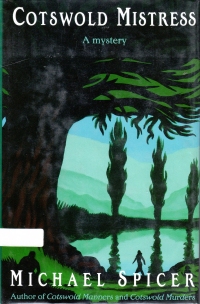 After reading John Carter of Mars, I was in the mood for something a little different. This is that.
After reading John Carter of Mars, I was in the mood for something a little different. This is that.


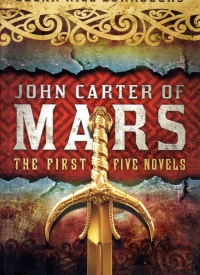 Earlier this year, Friar called John Norman’s work
Earlier this year, Friar called John Norman’s work 
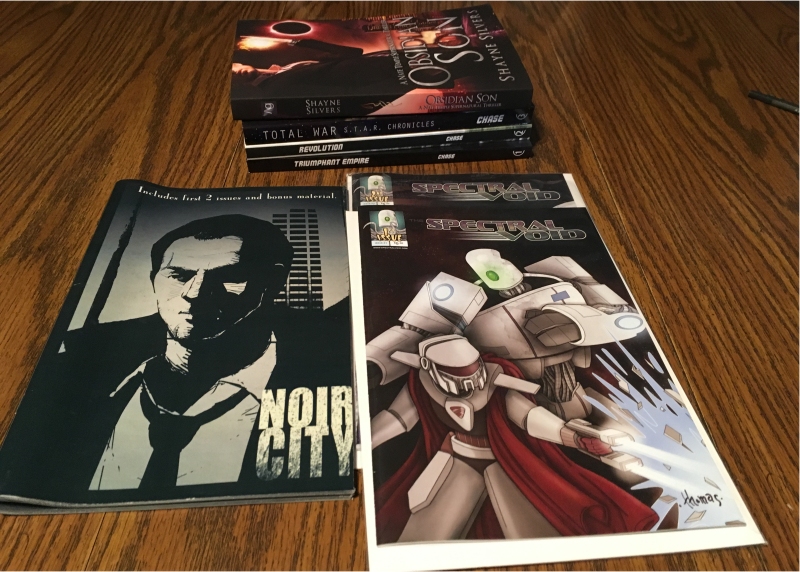
 This book is a scientifically funny book. You can take a look at it, and you can see the satire within it and the quips and the proven turns-from-reality that make for humor.
This book is a scientifically funny book. You can take a look at it, and you can see the satire within it and the quips and the proven turns-from-reality that make for humor.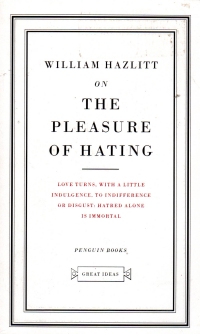 This book was in the Bookmarx philosophy section, and I didn’t know why when I started. I bought it because I’ve been reading some philosophical material of late, and this book is pretty thin, so it would be (I hoped) a quick read in that line.
This book was in the Bookmarx philosophy section, and I didn’t know why when I started. I bought it because I’ve been reading some philosophical material of late, and this book is pretty thin, so it would be (I hoped) a quick read in that line.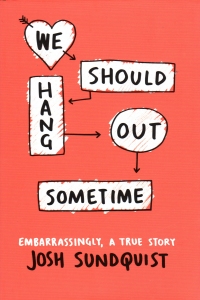 As I mentioned, I picked up this book
As I mentioned, I picked up this book  As you might remember, gentle reader, I read Klein’s
As you might remember, gentle reader, I read Klein’s 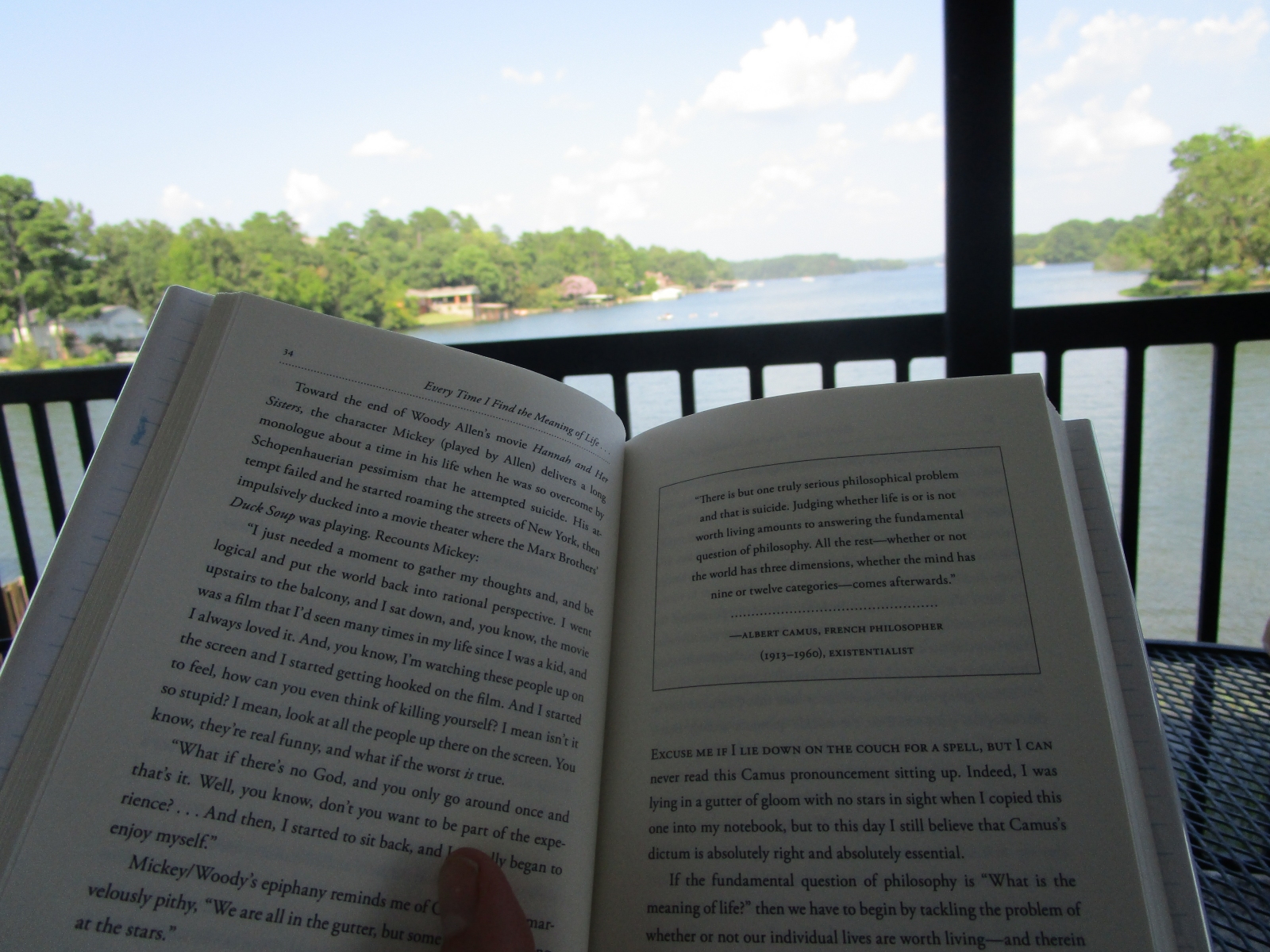
 As I mentioned in my most recent review of an Executioner book (
As I mentioned in my most recent review of an Executioner book (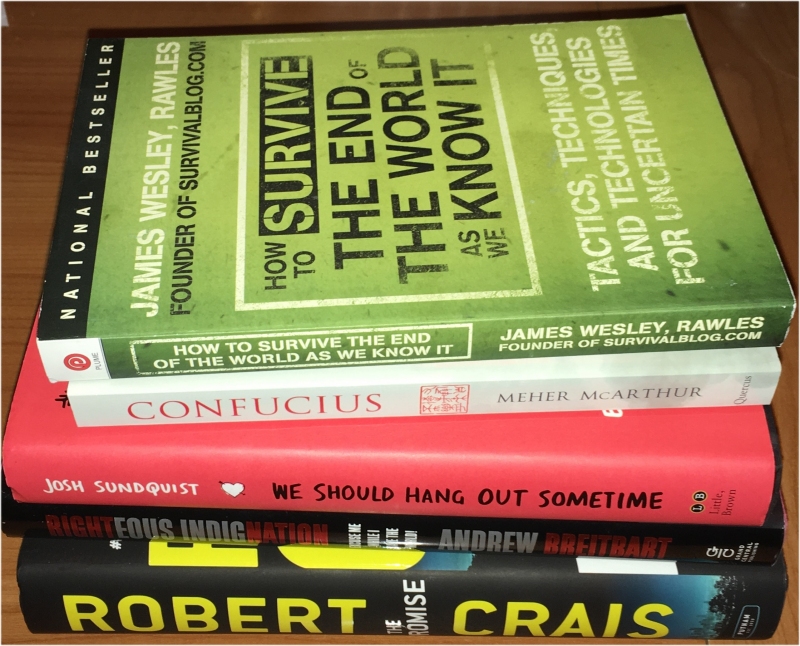
 This is a mild little humorous book about renovating or doing projects about your home with your spouse. Basically, the author recounts stories from friends and her own life, sometimes in a manner of paragraphs and sometimes just a sentence or two. The anecdotes are grouped in chapters by renovation and project type, like painting, wallpapering, plumbing, working with contractors, and so on.
This is a mild little humorous book about renovating or doing projects about your home with your spouse. Basically, the author recounts stories from friends and her own life, sometimes in a manner of paragraphs and sometimes just a sentence or two. The anecdotes are grouped in chapters by renovation and project type, like painting, wallpapering, plumbing, working with contractors, and so on.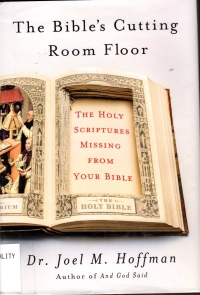 I picked up this book at the Fair Grove branch of the Springfield-Greene County Library. You’re saying to yourself, “Hey, has he run out of books to read in his own library and the more local branches of his local library so that he has to drive almost an hour to find something new?” No, gentle reader; this summer, my boys and I are trying to visit each branch of the Springfield-Greene County library, and when we got to the Fair Grove branch (a small room off of the Fair Grove City Hall), I spotted this book in the one shelf of philosophy/religion/magick whilst my children were picking out books of their own. As I’m interested in learning more about how the Bible was compiled over time, I thought it would be a great place to start.
I picked up this book at the Fair Grove branch of the Springfield-Greene County Library. You’re saying to yourself, “Hey, has he run out of books to read in his own library and the more local branches of his local library so that he has to drive almost an hour to find something new?” No, gentle reader; this summer, my boys and I are trying to visit each branch of the Springfield-Greene County library, and when we got to the Fair Grove branch (a small room off of the Fair Grove City Hall), I spotted this book in the one shelf of philosophy/religion/magick whilst my children were picking out books of their own. As I’m interested in learning more about how the Bible was compiled over time, I thought it would be a great place to start.
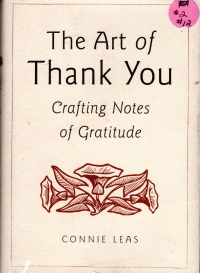
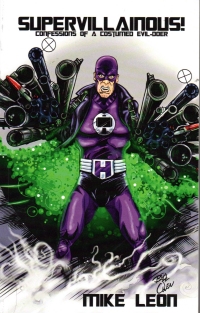 This is the other book I bought by Mike Leon when I bought
This is the other book I bought by Mike Leon when I bought 
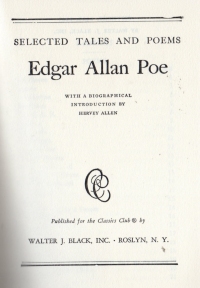 This book does not actually contain The Narrative of A. Gordon Pym of Nantucket, no matter what I said
This book does not actually contain The Narrative of A. Gordon Pym of Nantucket, no matter what I said 
